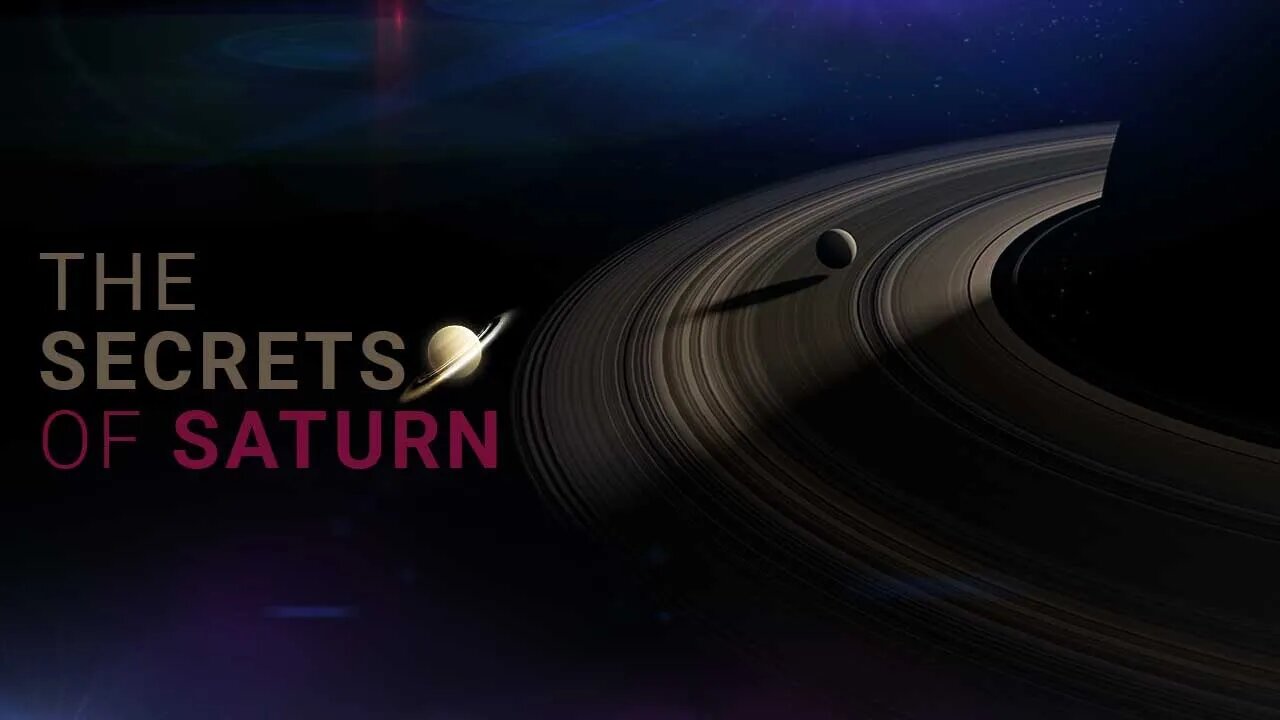Premium Only Content

The Secrets of Saturn - The Mission Cassini’s Revelations about Saturn and Titan
The Secrets of Saturn
The Mission Cassini’s Revelations about Saturn and Titan
For many centuries, Saturn has been a source of fascination for astronomers. Saturn is a gas giant planet made of hydrogen and helium. Saturn is also the sixth planet from the Sun and it is 10 times larger than Earth, but it's only about one-third as dense.
Saturn is famous for its amazing ring system which is composed of billions of ice & rock particles with sizes ranging from microns to meters across. The Saturn’s rings are constantly changing due to the gravitational interactions between the Saturn and its moons.
Saturn has more than 60 moons, many of which have been explored by NASA's probes. The most famous of these is Titan, the second largest moon in the solar system.
Cassini-Huygens mission was sent to explore the Saturn in 1997. It arrived at Saturn in 2004 and conducted many flybys before plunging into the planet’s atmosphere and burned up like a meteorite.
In today’s video we are going to show you 6 coolest facts about this amazing planet Saturn, its rings, satellites and atmosphere based on Cassini’s data. So, let's dive in - NOW!
Number 1. The Incredible Auroras.
Unlike any other planetary phenomenon, Saturn has its own unique brand of aurora that lights up the polar cap. This odd light revealed itself to one of NASA's Cassini spacecraft instruments. The Auroras like that were never been seen before, neither on earth and nor anywhere else in solar system.
Number 2. Saturnian Hexagonal Pattern.
In the early 1980s, Voyager 1 passed by Saturn and spotted a six-sided cloud pattern above its north pole that can hold up to four Earths inside it. Cassini has been following up with close ups on this curiously shaped weather phenomenon since then!
The hexagon consists of a great storm in the center which is about 20000 miles in diameter. How this pattern is formed? It is still a mystery. A recent computer simulation conducted by New Mexico Institute of mining and technology have found out that the hexagonal pattern appears because of saturnian air currents flowing in curved path.
Number 3. Saturnian Storms.
Cassini also found that the Saturn’s storm known as the great white spot hurls the water and other Saturnian stuff as up as 100 miles. During this process the water gets frozen which creates the whiteness of the storm. The last white spot was observed during 2010 which was witnessed by Cassini and it existed for several months. The next white spot will occur during the year 2040.
Number 4. The Saturnian day.
Until recently it was not possible to determine a day length on Saturn because Saturn is a gaseous Planet with no topological touchpoints. Initially it was determined that the length of the day depends on where you are on Saturn.
In 2019, after careful calculations based on reading of spiral waves in the saturnian bands, sculpted by oscillations from Saturn’s gravity, scientists determined that a Saturnian day length is 10 hours, 33 minutes and 38 seconds.
Number 5. Enceladus and the E-ring.
E-ring is the largest ring of the Saturn and yet it remains mostly invisible. After Cassini we came to know more about the e-ring. The ring comprises of microscopic silica, particles of water, Carbon dioxide and ammonia. Surprisingly, one of the moons of Saturn called Enceladus is feeding that ring with water particles.
Number 6. The Saturn’s Titan.
Titan is the largest moon of Saturn and the second largest in our solar system. Cassini mission sent some vital data regarding Titan. Titan holds enormous liquid bodies of methane and poisonous hydrogen cyanide. The atmosphere of Titan consists of nitrogen with little bit of methane and ethane clouds. The Titan has even winds and rain. Actually, Titan resembles to Earth in certain ways.
-
 2:08:05
2:08:05
Badlands Media
22 hours agoDevolution Power Hour Ep. 349: Trump’s Geopolitical Gambits, Sports Psyops, and the Regime’s Unraveling
81.7K70 -
 1:08:36
1:08:36
Man in America
14 hours agoUS, China, Israel & the Battle for the New World Order w/ Boone Cutler
81.4K54 -
 2:37:49
2:37:49
The Connect: With Johnny Mitchell
1 day ago $8.00 earnedBlackwater Mercenary EXPOSES Private Military War Secrets From The Middle East, Fueling Terrorism
38.7K38 -
 2:54:21
2:54:21
Total Horse Channel
2 days ago2025 Scottsdale Arabian Horse Show | Saturday Evening Session
80K6 -
 22:39
22:39
The Mel K Show
10 hours agoMel K & Representative Brandon Gill | Our Constitutional Republic is Being Restored | 4-26-25
59.3K48 -
 4:17:17
4:17:17
VapinGamers
10 hours ago $5.64 earned📣 Fortnite Family Night! - Games and Dubs with BrianZGame - !rumbot
49.1K3 -
 4:27:48
4:27:48
ThePope_Live
8 hours agoLIVE - First time playing The Finals in over a YEAR! Still good? with @Arrowthorn
37.6K1 -
 3:06:26
3:06:26
TruthStream with Joe and Scott
14 hours agoRoundtable with Patriot Underground and News Treason Live 4/26 5pm pacific 8pm Eastern
61.5K37 -
 8:52
8:52
Tundra Tactical
12 hours ago $10.30 earnedSCOTUS Denies Appeal, Minnesota Courts Deal 2a Win!
59.4K12 -
 10:36:01
10:36:01
a12cat34dog
14 hours agoONE WITH THE DARK & SHADOWS :: The Elder Scrolls IV: Oblivion Remastered :: FIRST-TIME PLAYING {18+}
82.8K7